This Is Why It’s Meaningless That Dark Matter Experiments Haven’t Found Anything
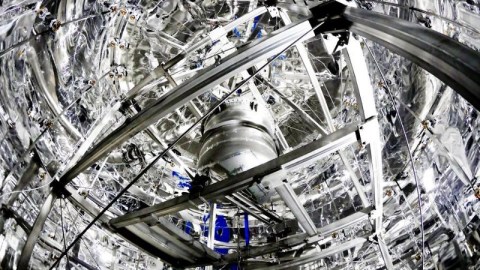
If you look everywhere between the numbers 1 and 2, you’ll never find 3.
Let’s say you have an idea about how our physical reality might be different from how we currently conceptualize it. Perhaps you think there are additional particles or interactions present, and that this might hold the solution to some of the greatest puzzles facing the natural sciences today. So what do you do? You formulate a hypothesis, you develop it, and then you try and tease out what the observable, measurable consequences would be.
Some of these consequences will be model-independent, meaning that there will be signatures that appear regardless of whether one specific model is right or not. Others will be extremely model-dependent, creating experimental or observational signatures that show up in some models but not others. Whenever a dark matter experiment comes up empty, it only tests the model-dependent assumptions, not the model-independent ones. Here’s why that doesn’t mean anything for the existence of dark matter.
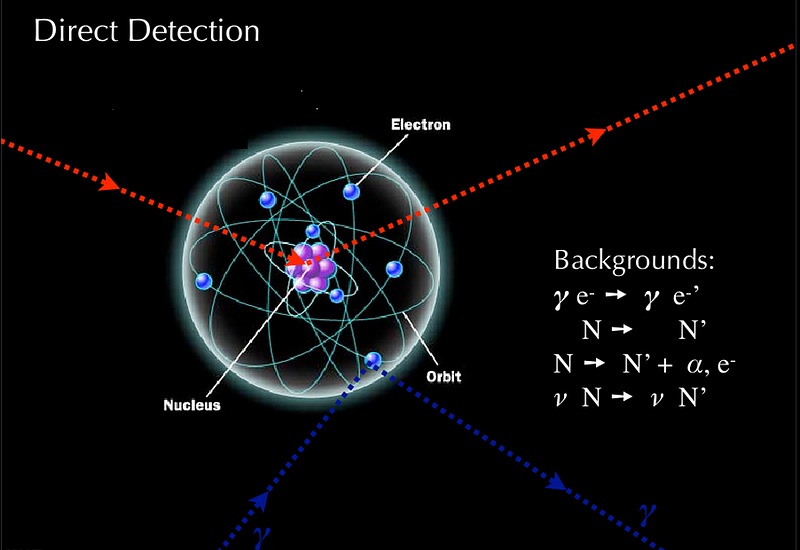
You can’t get mad at a team for trying the improbable, hoping that nature cooperates. Some of the most famous discoveries of all time have come about thanks to nothing more than mere serendipity, and so if we can test something at low-cost with an insanely high reward, we tend to go for it. Believe it or not, that’s the mindset that’s driving the direct searches for dark matter.
In order to understand how we might find dark matter, however, you have to first understand the full suite of what else we know. That’s the model-independent evidence we have to guide us towards the possibilities of direct detection. Of course, we haven’t yet directly found dark matter in the form of an interaction with another particle, but that’s okay. The indirect evidence all shows that it must be real.
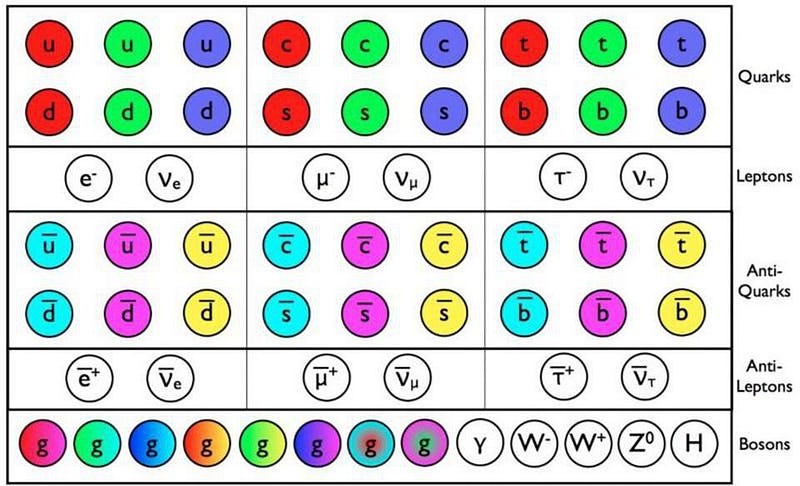
It all starts with the germ of an idea. We can start with the undisputed basics: the Universe consists of all the protons, neutrons and electrons that make up our bodies, our planet and all the matter we’re familiar with, as well as some photons (light, radiation, etc.) thrown in there for good measure.
Protons and neutrons can be broken up into even more fundamental particles — the quarks and gluons — and along with the other Standard Model particles, make up all the known matter in the Universe. The big idea of dark matter is that there’s something other than these known particles contributing in a significant way to the total amounts of matter in the Universe. It’s a revolutionary assumption, and one that might seem like an extraordinary leap.
The very notion of it might compel you to ask, “why would we think such a thing?”
The motivation comes by looking at the Universe itself. Science has taught us a lot about what’s out there in the distant Universe, and much of it is completely undisputed. We know how stars work, for example, and we have an incredible understanding of how gravity works. If we look at galaxies, clusters of galaxies and go all the way up to the largest-scale structures in the Universe, there are two things we can extrapolate very well.
- How much mass there is in these structures at every level. We look at the motions of these objects, we look at the gravitational rules that govern orbiting bodies, whether something is bound or not, how it rotates, how structure forms, etc., and we get a number for how much matter there has to be in there.
- How much mass is present in the stars contained within these structures. we know how stars work, so as long as we can measure the starlight coming from these objects, we can know how much mass is there in stars.
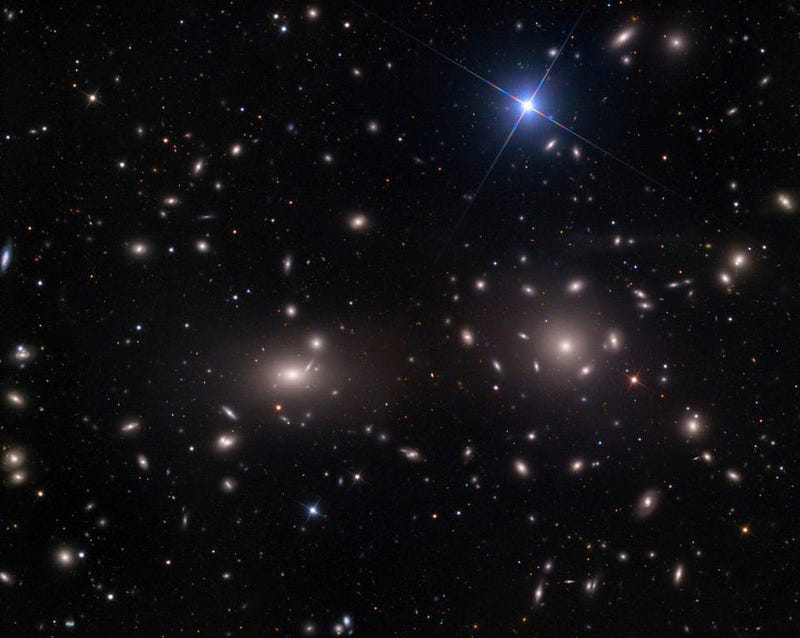
These two numbers don’t match, and the mismatch between the values we obtain for them is spectacular in magnitude: they miss by a factor of approximately 50. There must be something more than just stars responsible for the vast majority of mass in the Universe. This is true for the stars within individual galaxies of all sizes all the way up to the largest clusters galaxies in the Universe, and beyond that, the entire cosmic web.
That’s a big hint that there’s something more than just stars going on, but you might not be convinced that this requires a new type of matter. If that’s all we had to work with, scientists wouldn’t be convinced either! Fortunately, there’s an enormous suite of observations that — when we take it all together — compels us to consider the dark matter hypothesis as extraordinarily difficult to avoid.
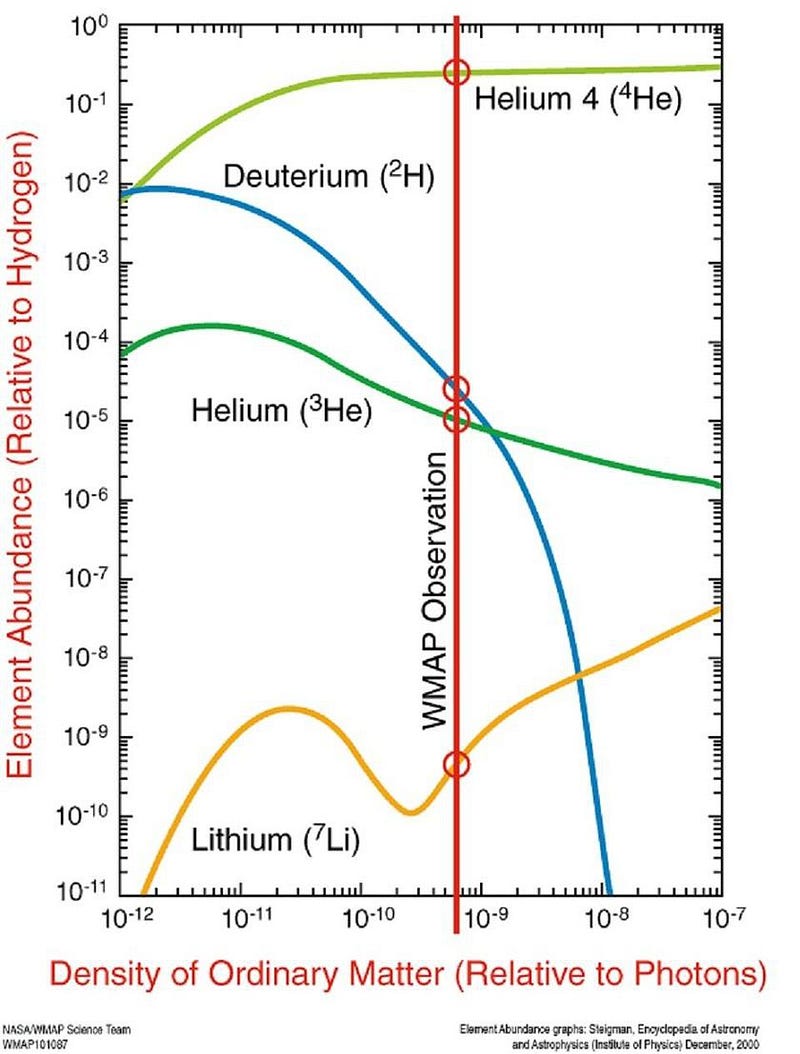
When we extrapolate the laws of physics all the way back to the earliest times in the Universe, we find that there was not only a time so early when the Universe was hot enough that neutral atoms couldn’t form, but there was a time where even nuclei couldn’t form! When they finally can form without immediately being blasted apart, that phase is where the lightest nuclei of all, including different isotopes of hydrogen and helium, originate from.
The formation of the first elements in the Universe after the Big Bang — due to Big Bang Nucleosynthesis — tells us with very, very small errors how much total “normal matter” is there in the Universe. Although there is significantly more than what’s around in stars, it’s only about one-sixth of the total amount of matter we know is there from the gravitational effects. Not only stars, but normal matter in general, isn’t enough.
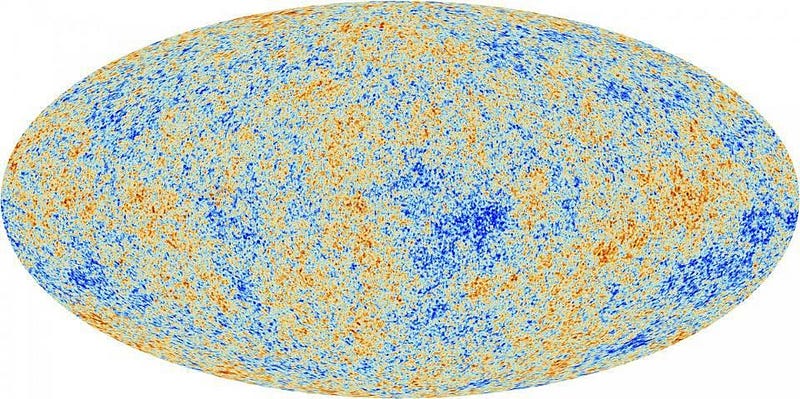
Additional evidence for dark matter comes to us from another early signal in the Universe: when neutral atoms form and the Big Bang’s leftover glow can travel, at last, unimpeded through the Universe. It’s very close to a uniform background of radiation that’s just a few degrees above absolute zero. But when we look at the temperatures on ~microkelvin scales, and on small angular (< 1°) scales, we see it’s not uniform at all.
The fluctuations in the cosmic microwave background are particularly interesting. They tell us what fraction of the Universe is in the form of normal (protons+neutrons+electrons) matter, what fraction is in radiation, and what fraction is in non-normal, or dark matter, among other things. Again, they give us that same ratio: that dark matter is about five-sixths of all the matter in the Universe.
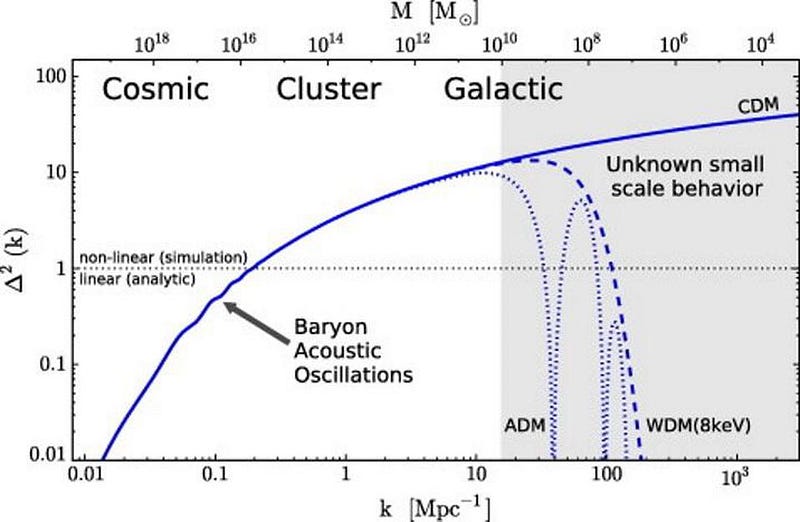
And finally, there’s the incontrovertible evidence found in the great cosmic web. When we look at the Universe on the largest scales, we know that gravitation is responsible, in the context of the Big Bang, for causing matter to clump and cluster together. Based on the initial fluctuations that begin as overdense and underdense regions, gravitation (and the interplay of the different types of matter with one another and radiation) determine what we’ll see throughout our cosmic history.
This is particularly important, because we can not only see the ratio of normal-to-dark matter in the magnitude of the wiggles in the graph above, but we can tell that the dark matter is cold, or moving below a certain speed even when the Universe is very young. These pieces of knowledge lead to outstanding, precise theoretical predictions.
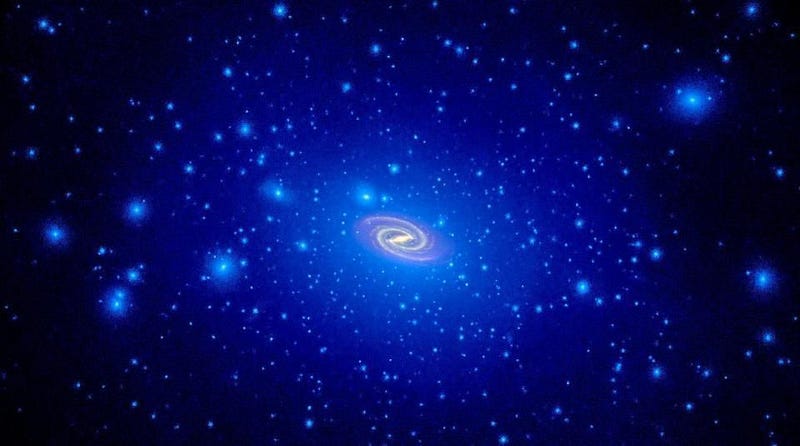
All together, they tell us that around every galaxy and cluster of galaxies, there should be an extremely large, diffuse halo of dark matter. This dark matter should have practically no collisional interactions with normal matter; upper limits indicate that it would take light-years of solid lead for a dark matter particle to have a 50/50 shot of interacting just once.
However, there should be plenty of dark matter particles passing undetected through Earth, me and you every second. In addition, dark matter should also not collide or interact with itself, the way normal matter does. That makes direct detection difficult, to say the least. But thankfully, there are some indirect ways of detecting dark matter’s presence. The first is to study what’s called gravitational lensing.
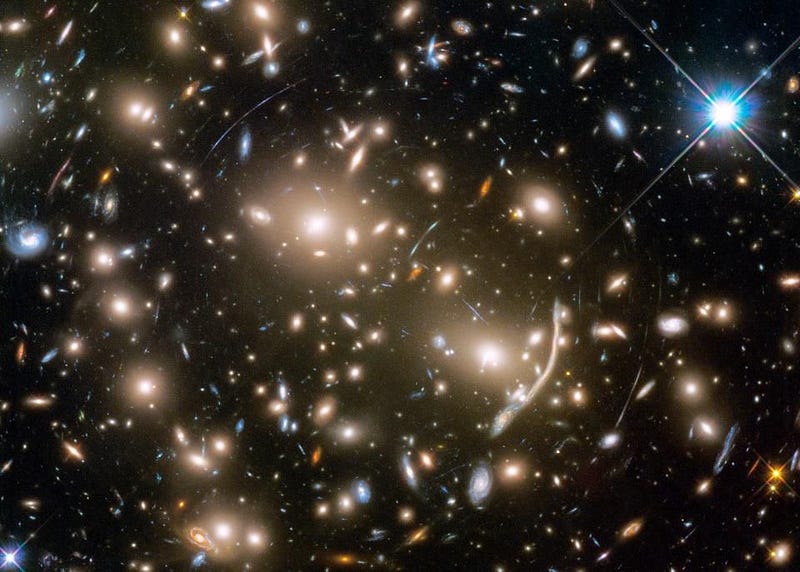
By looking at how the background light gets distorted by the presence of intervening mass (solely from the laws of General Relativity), we can reconstruct how much mass is in that object. Again, it tells us that there must be about six times as much matter as is present in all types of normal (Standard Model-based) matter alone.
There’s got to be dark matter in there, in quantities that are consistent with all the other observations. But occasionally, the Universe is kind, and gives us two clusters or groups of galaxies that collide with one another. When we examine these colliding clusters of galaxies, we learn something even more profound.
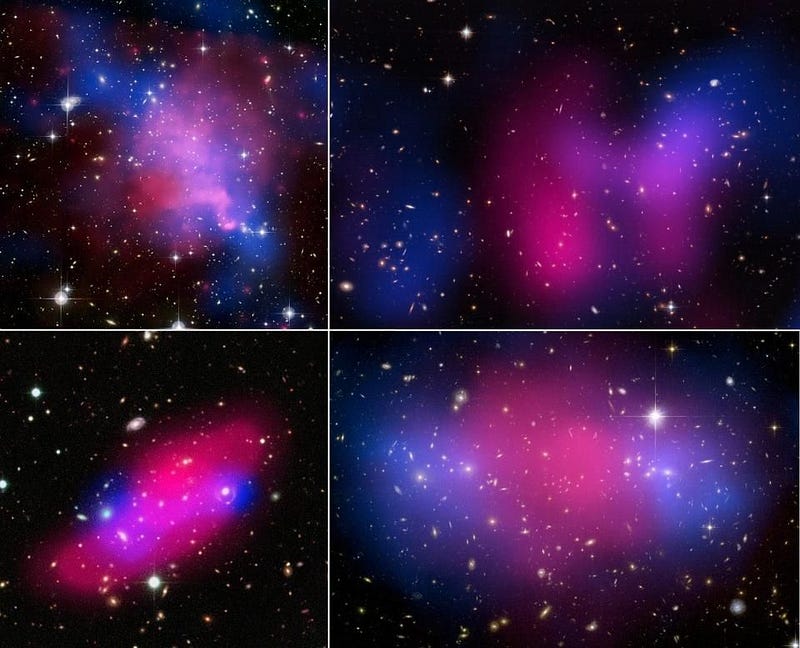
The dark matter really does pass right through one another, and accounts for the vast majority of the mass; the normal matter in the form of gas creates shocks (in X-ray/pink, above), and only accounts for some 15% of the total mass in there. In other words, about five-sixths of that mass is dark matter! By looking at colliding galaxy clusters and monitoring how both the observable matter and the total gravitational mass behaves, we can come up with an astrophysical, empirical proof for the existence of dark matter. There is no modification to the law of gravity that can explain why:
- two clusters, pre-collision, will have their mass and gas aligned,
- but post-collision, will have their mass and gas separated.
Still, despite all of this model-independent evidence, we’d still like to detect dark matter directly. It’s that step — and only that step — that we’ve failed to achieve.
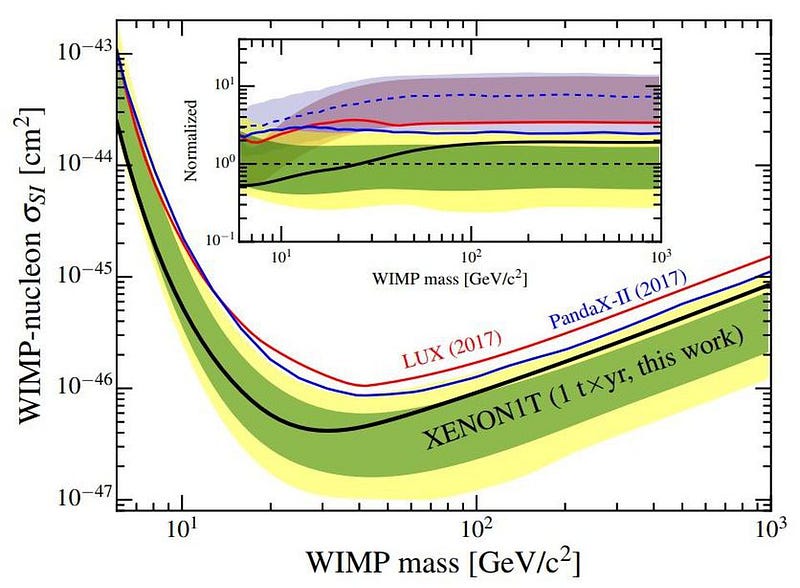
Unfortunately, we don’t know what’s beyond the Standard Model. We’ve never discovered a single particle that isn’t part of the Standard Model, and yet we know there must be more than what we’ve presently discovered out there. As far as dark matter goes, we don’t know what dark matter’s particle (or particles) properties should be, should look like, or how to find it. We don’t even know if it’s all one thing, or if it’s made up of a variety of different particles.
All we can do is look for interactions down to a certain cross-section, but no lower. We can look for energy recoils down to a certain minimum energy, but no lower. We can look for photon or neutrino conversions, but all these mechanisms have limitations. At some point, background effects — natural radioactivity, cosmic neutrons, solar/cosmic neutrinos, etc. — make it impossible to extract a signal below a certain threshold.

To date, the direct detection efforts having to do with dark matter have come up empty. There are no interaction signals we’ve observed that require dark matter to explain them, or that aren’t consistent with Standard Model-only particles in our Universe. Direct detection efforts can disfavor or constrain specific dark matter particles or scenarios, but does not affect the enormous suite of indirect, astrophysical evidence that leaves dark matter as the only viable explanation.
Many people are working tirelessly on alternatives, but unless they’re misrepresenting the facts about dark matter (and some do exactly that), they have an enormous suite of evidence they’re required to explain. When it comes to looking for the great cosmic unknowns, we might get lucky, and that’s why we try. But absence of evidence is not evidence of absence. When it comes to dark matter, don’t let yourself be fooled.
Ethan Siegel is the author of Beyond the Galaxy and Treknology. You can pre-order his third book, currently in development: the Encyclopaedia Cosmologica.





